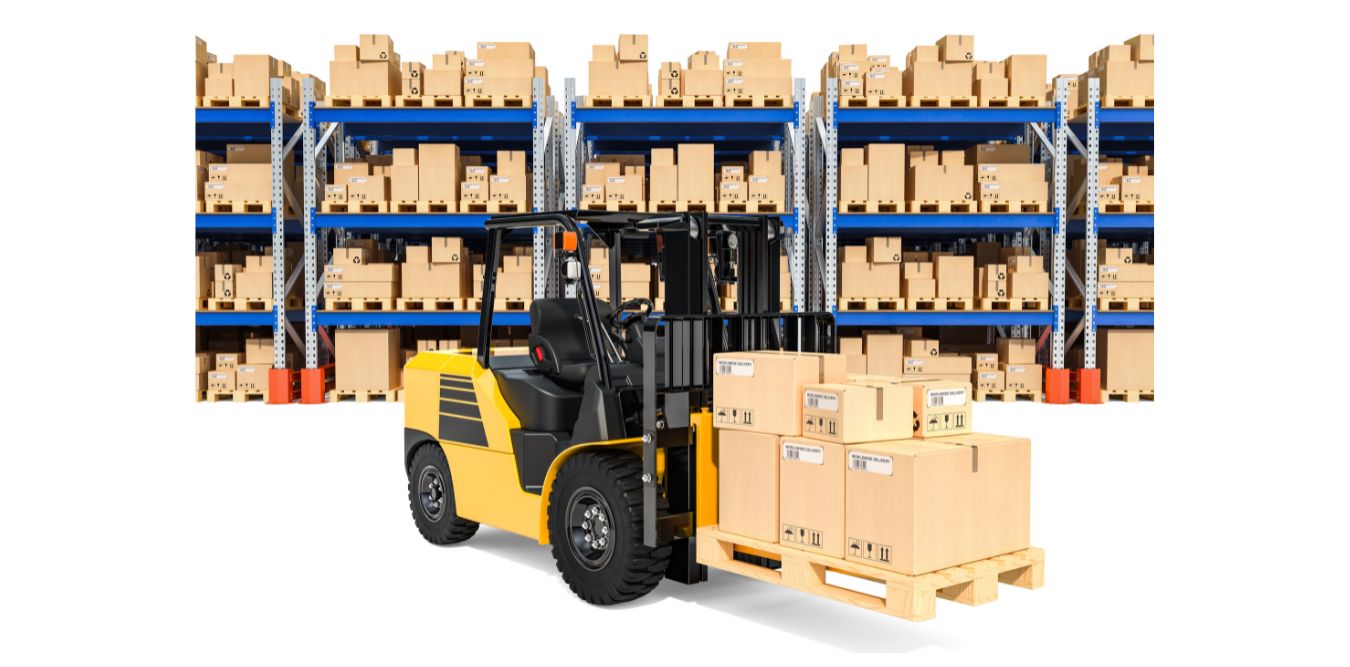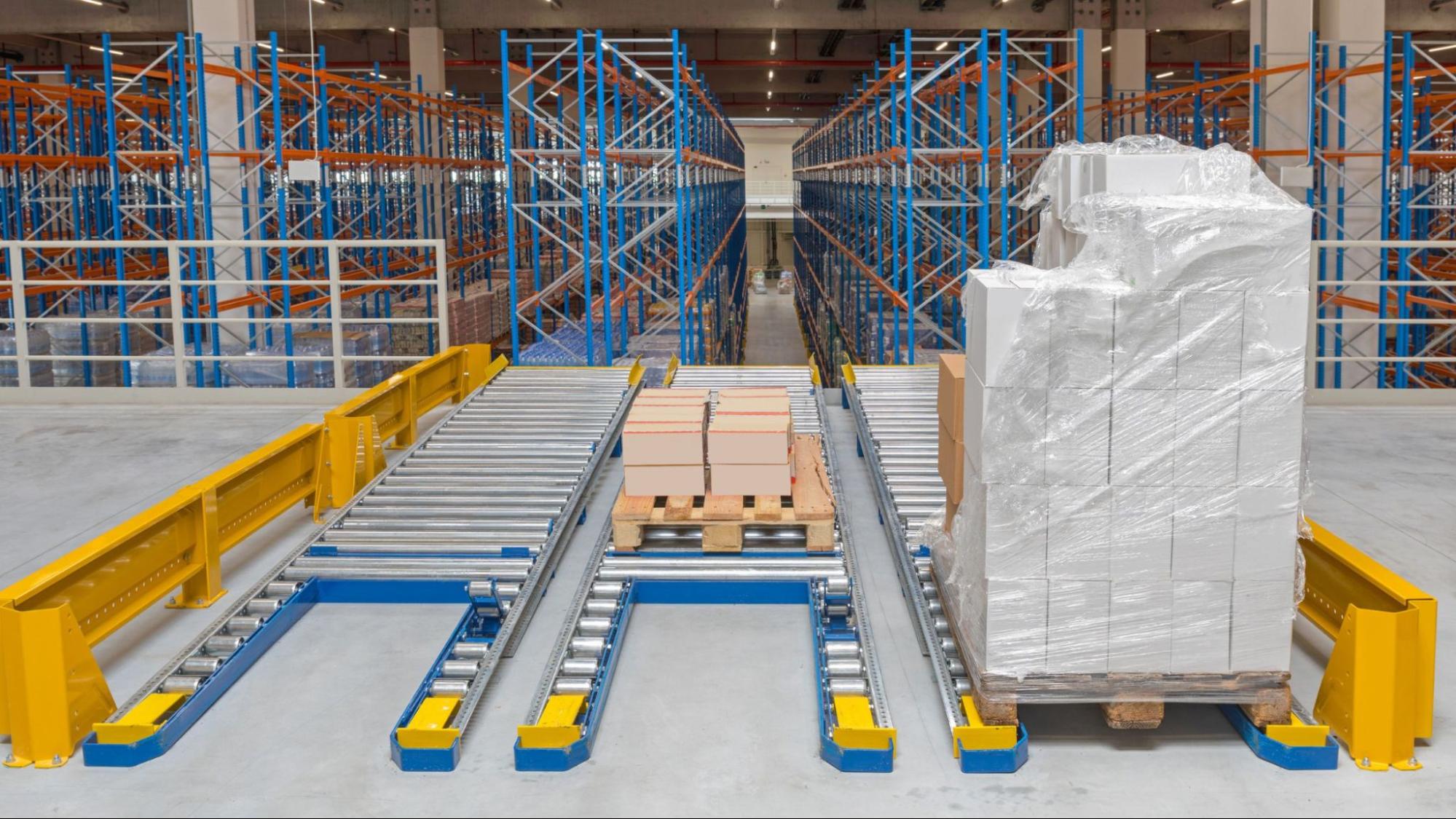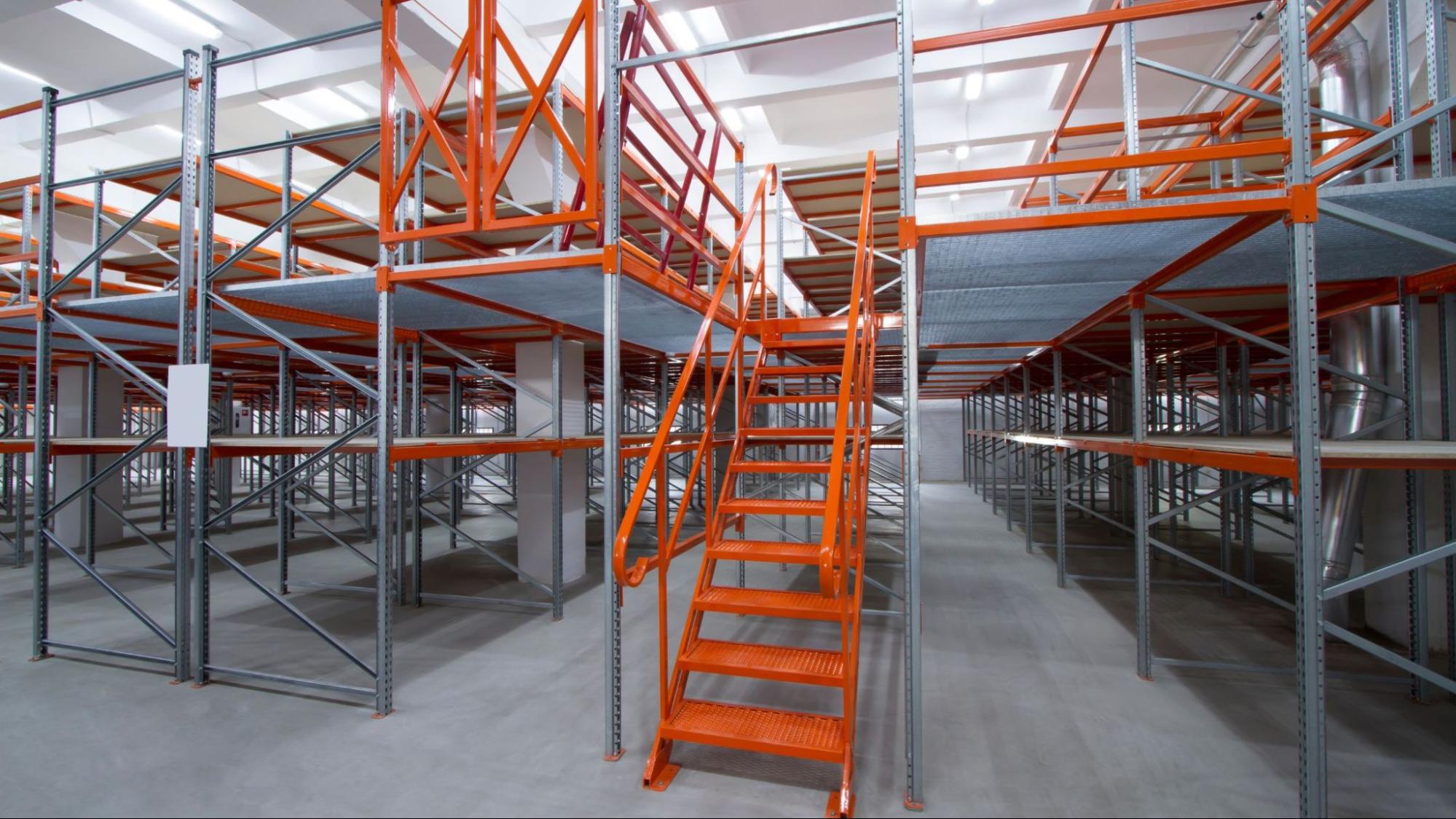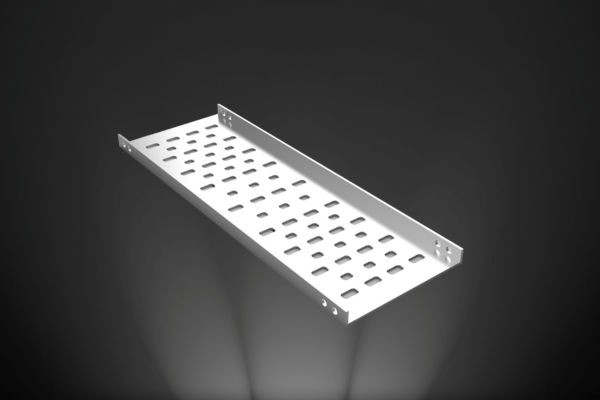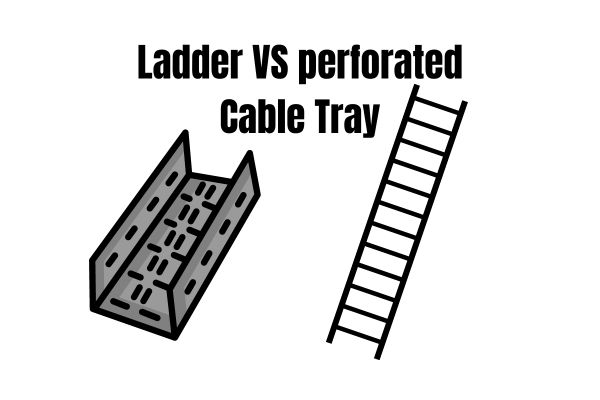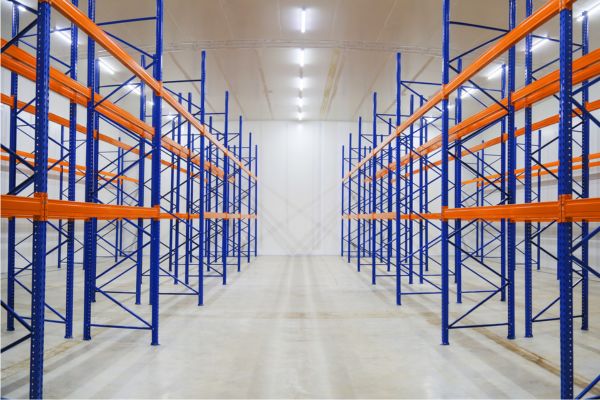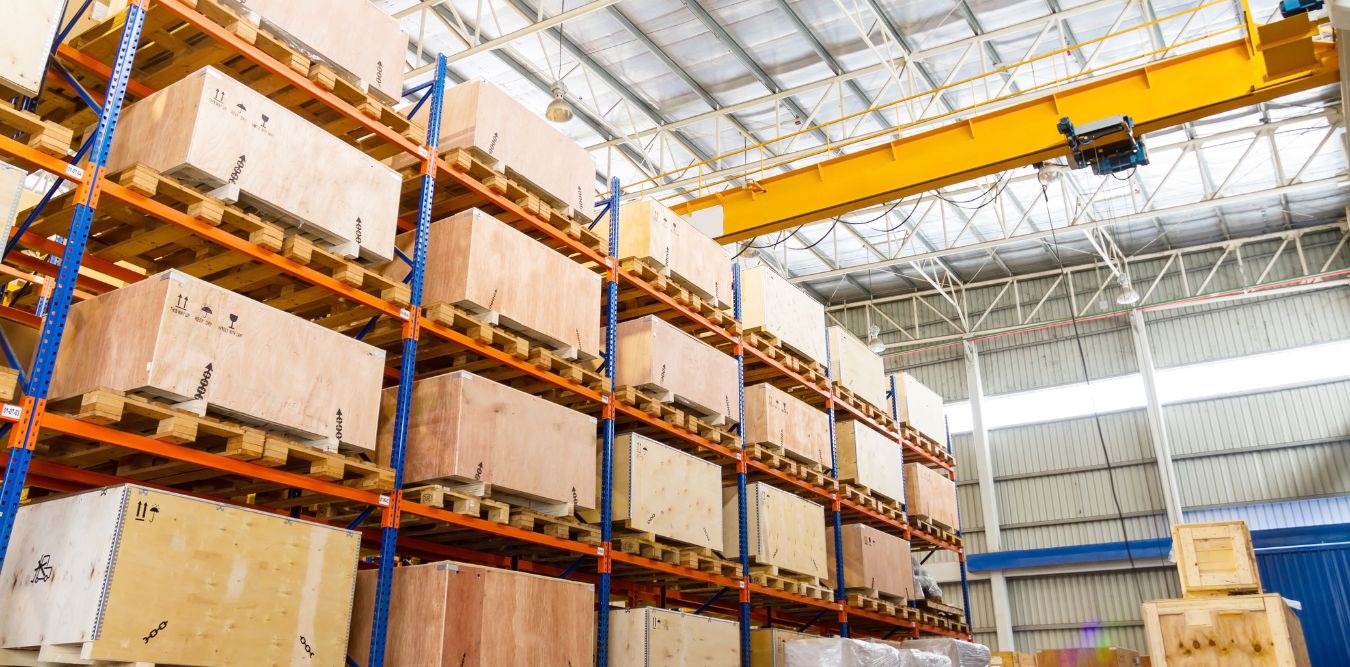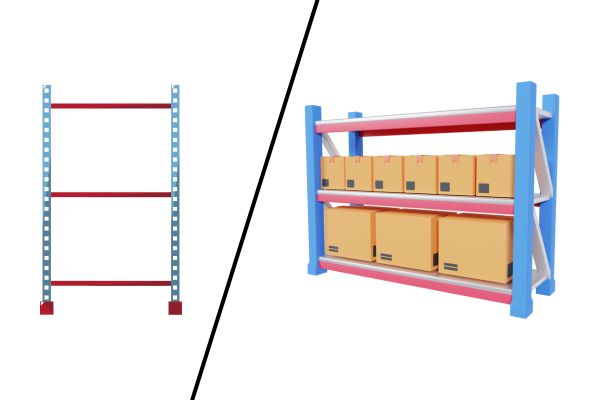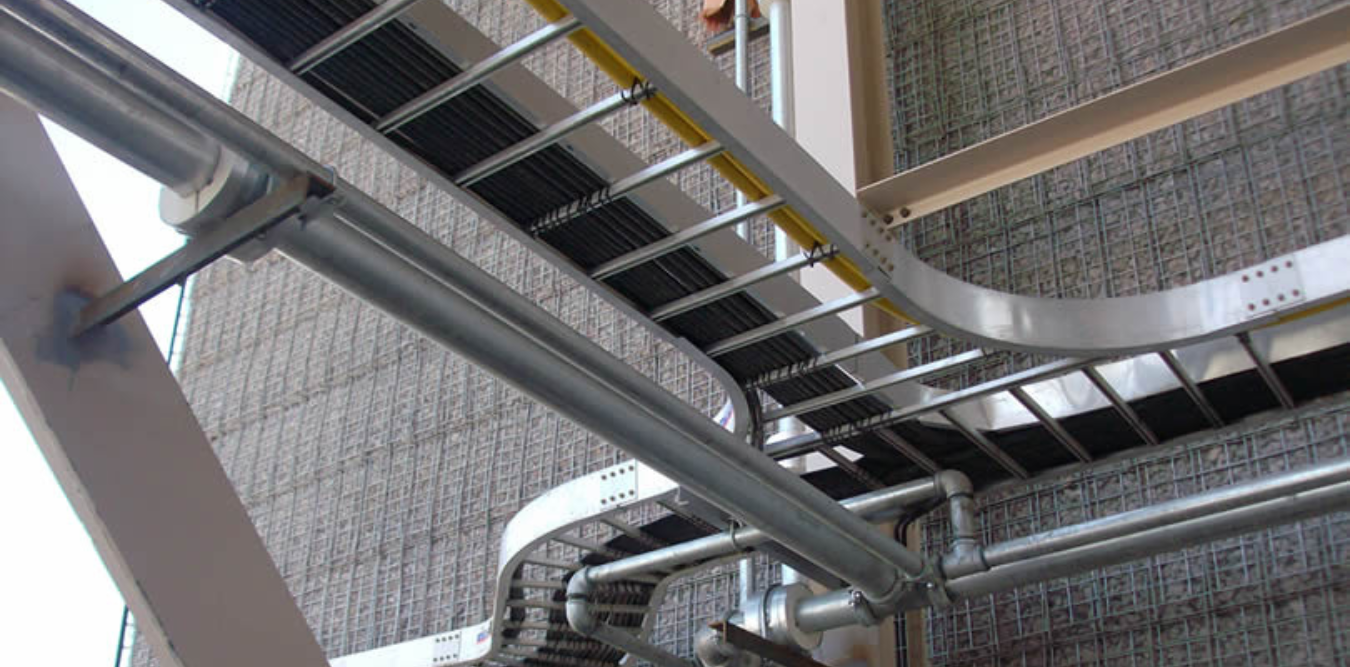Introduction
Efficient storage solutions are at the heart of any successful warehouse or industrial facility. When it comes to optimizing space, streamlining operations, and improving access to goods, industrial storage racks play a critical role. Companies around the world depend on reliable storage racks manufacturers and suppliers to meet the demands of modern warehousing.


